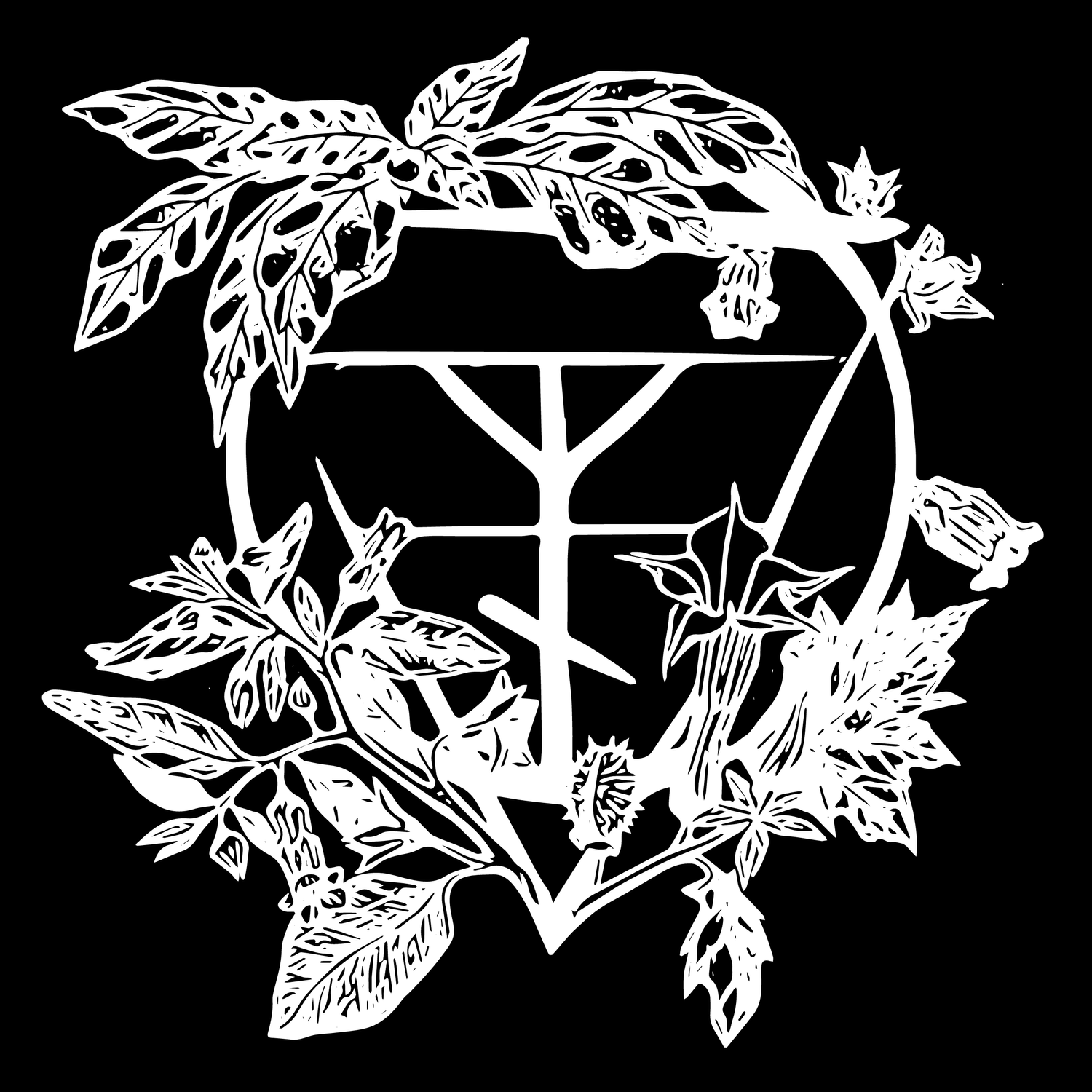Plant Profile: Mandrake
Mandragora vernalis (M. officinarum)
Mandragora officinarum and M. autumnalis
The Famous and Legendary Mandrake Root
Common Names: mandrake has had many names over the thousands of years it has been known to man. Translations of its names mean, burning/fire, apple of the devil, human shaped, the fire, demon balls, alraunwurzel, circe’s plant, galgenmannlein (gallows man). Alraun referred to the humanoid root of the plant as a magical talisman, alruna was an equivalent word for witch. These are just a few of this famous plant’s names.
Traditional Medicinal Use: Mandrake has Germanic been used in herbal medicine for millennia. It was used as an analgesic and anesthetic by the Assyrians, and had both medicinal and spiritual important in ancient Egypt. It was known throughout the Mediterranean and Levant for its use as an aphrodisiac and fertility enhancer. Mandrake was used in fumigants to “dispel poisoning of the skin” or possession. It was used as a soporific (sleeping agent), in an early form of anesthetic called a soporific sponge or spongia somnifera. Mandragora was even used to treat psychological disorders. It was one of the most important medicinal plants in human history.
Ethnobotanical Use: Mandrake was held in high esteem by many ancient societies, enjoying a religious status in many places. It was likely used in ancient mystery cults. Especially ecstatic and erotic cults would have taken advantage of its intoxicating and aphrodisiac effects. The plant may also have played a role in rituals that were performed in ancient Israel. Examples of the mandrake’s association with sex, fertility and conception magic can be found in the Book of Genesis and the apochryphal Song of Solomon. The ancient Greeks also knew of its use in love magic, associating the plant with Aphrodite. Mandragoritis was one of her epithets. Mandrake was used in ritual wines for its extra intoxicating properties. This beverage would have caused intoxication, arousal, excitement, and eventually sleep. Larger doses would have been hallucinogenic.
Alkaloids: Both species of mandragora contains essentially the same alkaloids. The root contains the majority of the alkaloids .3-.4%. However, when dried the root can range from .2-.6%. The entire plant contains psychoactive and anticholinergic tropane alkaloids. The predominant alkaloids are l-scopolamine, dl-scopolamine, atropine, apoatropine, mandragorine, cuscohygrine, nor-hyoscyamine and others. Mandragorine once referred to this group of alkaloids collectively. The fruits were once thought to be poisonous, but in actuality they are harmless. They are eaten in Israel. The aromatic compounds of the fruit contain a high amount of sulfuric compounds, which is uncommon for an aromatic substance. Interestingly in historical mentions we frequently see their intoxicating scent being mentioned. Mandrake is another one of the few nightshades that can be safely ingested. Mandrake has been infused in wine since antiquity. Its unique composition makes it safer than belladonna and datura. It can even be used around mucous membranes (mouth, nose, genitals, anus) without worry.
Magical Uses: Mandragora is itself a maker of magic. It was believed to bring wealth, protection and occult power to the one that tended the root. Roots were often passed down through the generations helping families amass large amounts of wealth and power. Mandrake when kept and fed as a homunculus would perform a variety of tasks for its keeper. Mandrake is itself a familiar spirit, but it also acts as a vessel for other spirits and serves as a link to other familiar spirits. In the ancient world mandrake was used in love magic and fertility magic and as an aphrodisiac. It is said that King Solomon kept mandrake root in his magic ring that he used to command demons and spirits.
Mandrake is the perfect example of the concept of a pharmakon.
It is both a poison and a medicine
Stimulates fertility and gives life
It is an aphrodisiac that stimulates sexual potency.
It connects the divine and human realms (promethean)
It is a psychoactive entheogen, visionary herb
Resources: Ratsch, Christian. The Encyclopedia of Psychoactive Plants. Inner Traditions/Bear & Company. 2005 pg. 355
Lee, MR. The Solanaceae II: The mandrake (Mandragora officinarum) in league with the Devil. University of Edinburgh. 2006.


